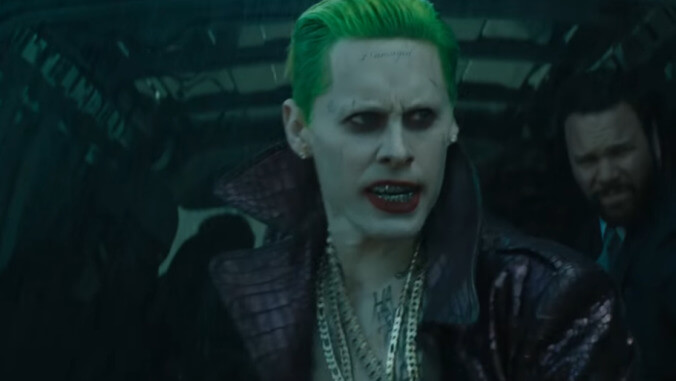Take a more than skin deep look at how film and TV shows create fake tattoos and hide real ones
It takes a lot of work to film a pretend Tommy Lee or cover up a real Pete Davidson

It’s time to appreciate the people who clocked in every morning to stencil “HA HA HA” on this man’s chest. Screenshot: Movieclips Trailers
Earlier this month, we received some penetrating insight into the intricate work required to fill Hollywood’s demand for convincingly made fake penises. Now, fully aware that every bit of exposed skin shown to us in TV or film is a total lie, we turn our attention to the people responsible for creating fake tattoos and hiding real ones.
An article from The Hollywood Reporter looks at the artists responsible for covering some actors with temporary tattoos and disguising others’ actual body art. Using Sebastian Stan’s role as Tommy Lee in Pam & Tommy as a recent example, the piece details the process employed by the the special effects company that worked on the show, Autonomous FX, and various makeup artists.

 Keep scrolling for more great stories from A.V. Club.
Keep scrolling for more great stories from A.V. Club.